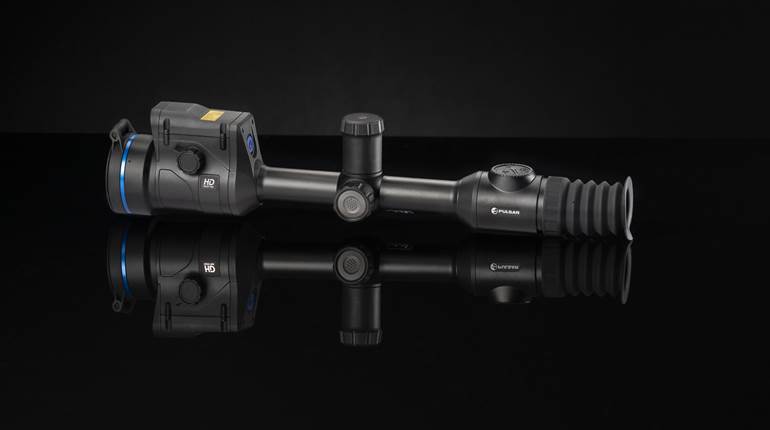
For years, when training and competing, I used the slide stop on my 1911s to return the slide to battery when conducting a speed reload. I had found that I could more quickly obtain my shooting grip in this way.
At the same time, I had always wondered why so many experts on TV always pulled the slide to the rear to load a semi-auto handgun. It seemed slower, which defeated the purpose of the speed reload in my mind. Discussions with other shooters revealed that they also preferred using the slide stop in most circumstances, and that they also admitted ignorance of why some would prefer pulling the slide.
It took a phone call with Tiger McKee of Shootrite and a trip to Gunsite to make me truly understand the reasoning. First, the name of the part is the slide stop, not slide release. To me, that is semantics, so it wasn’t a convincer. However, the next two contained stronger reasoning.
The 1911 has a large, easy to reach slide stop, but many of today’s newer designs have a much harder to hit slide stop, such as a Glock or Smith & Wesson M&P. So, by always pulling the slide to the rear, a shooter is training to work with every semi-auto pistol, not just the ones that he or she is familiar with. Also, pulling the slide fully to the rear adds about a quarter inch of additional spring power to ensure the gun returns to battery. While this might not be needed in every case, Murphy’s Law always seems to take effect at the worst possible time, which would mean when you really need the gun to work.
Since then, I have started training in speed reloads by pulling the slide. It still seems a little slower, but it also seems to be the better choice. Which do you use?





































